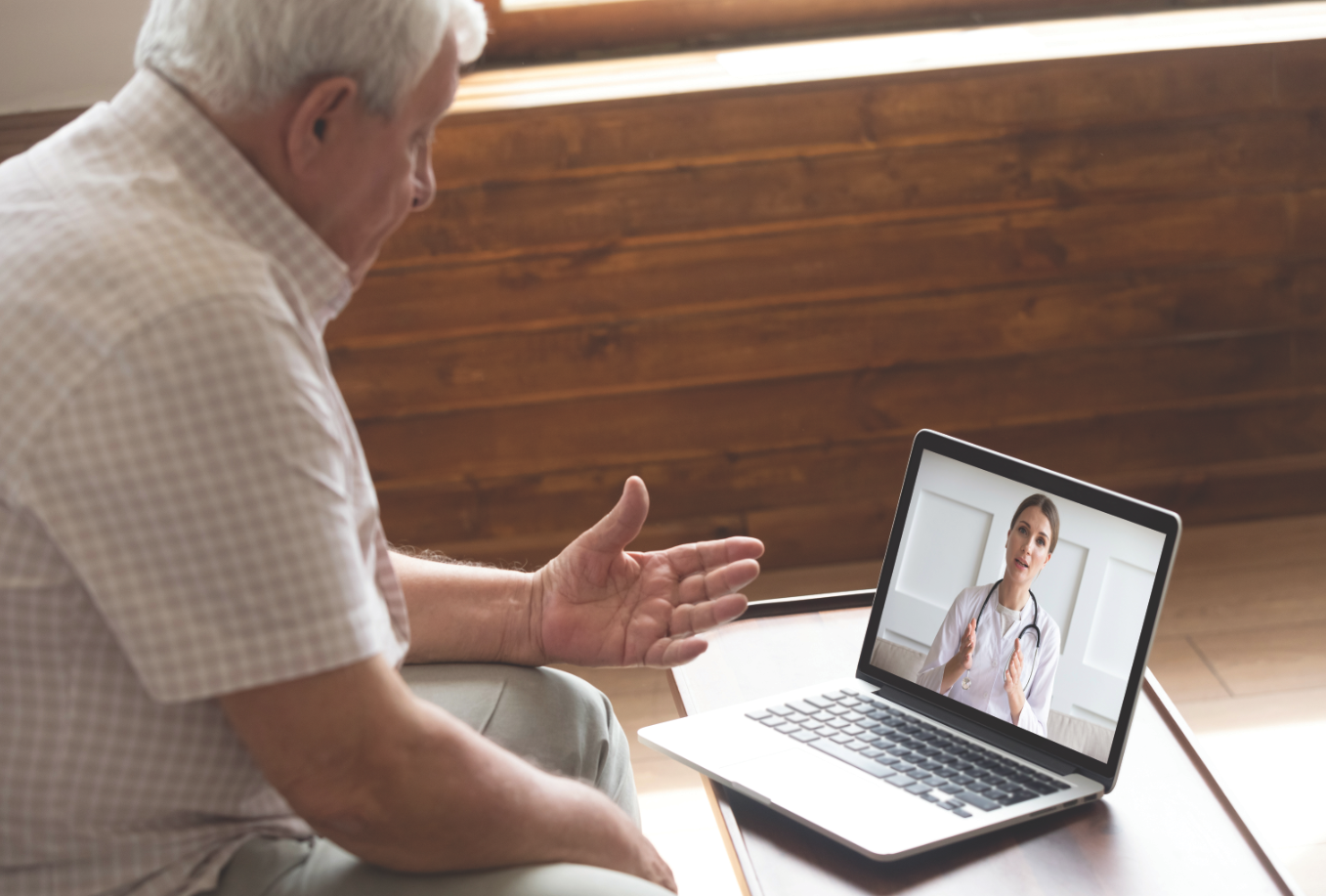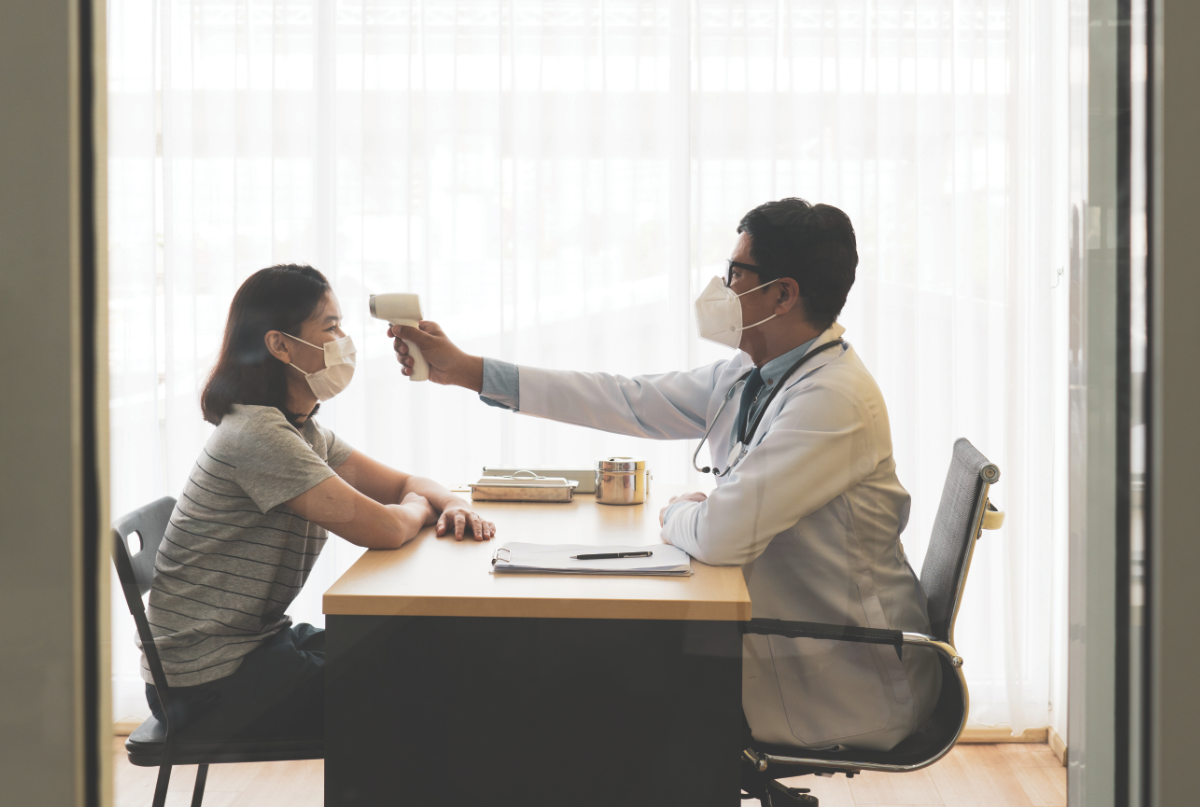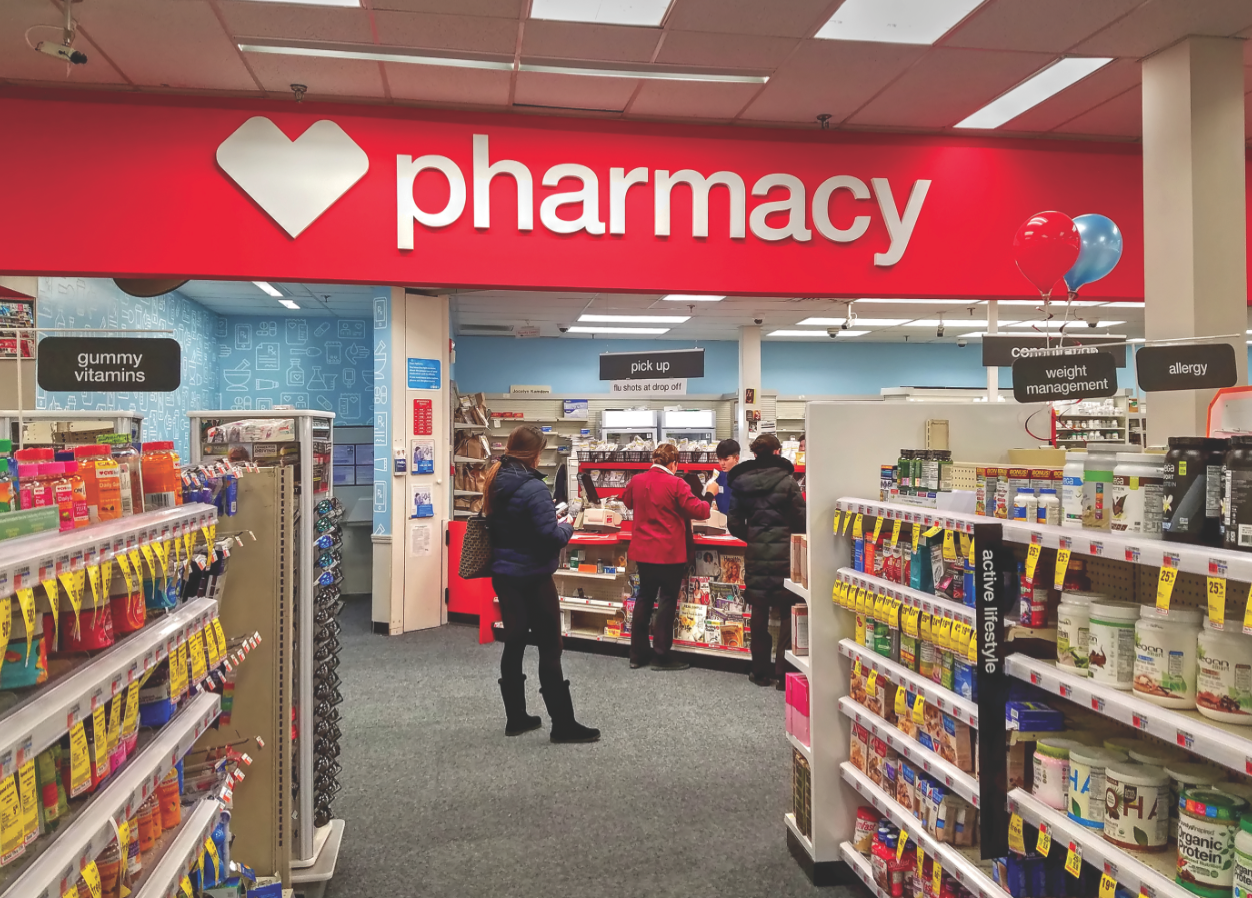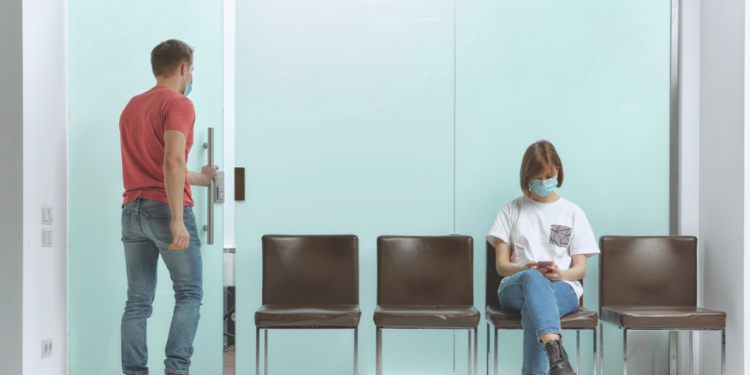Are you wondering if it’s time to schedule those various health care appointments you’ve been putting off? With restrictions related to COVID-19 easing in many places, learn how to stay safe while getting the care you need.

Research:
Before making an appointment, call your health care provider’s office or check their website to find out about any special guidelines to keep people safe during a visit. Make sure to keep an eye out for information about:
- Guidelines on wearing masks by staff and patients.
- Sanitation protocols in facilities regarding waiting areas, restrooms, exam rooms and frequently touched surfaces.
- Social-distancing practices at check in, waiting areas and in exam rooms.
- The limit of people who can be in the facility at the same time, if applicable.
- Possible video appointment options.
Before the day of appointment:
A day or so before your appointment, you might get a call from someone at the facility to check if you have any symptoms commonly associated with COVID-19 (cough, fever, shortness of breath).
You will be asked to bring a mask and they will let you know if you can bring a person to your appointment, if needed. During this call, it is important that you ask any questions you might have regarding your visit, payment methods and procedures.

During your visit:
On the day of your visit, remember the following:
- Wear your mask. If you forget one, the facility may be able to provide you with one.
- Wash your hands with soap and water for 20 seconds when you use the restroom, and keep hand sanitizer handy to use before or after touching any surfaces in public areas.
- Avoid touching your face (mouth, eyes, nose).
- Cover any cough or sneeze with your elbow or tissue and throw away tissue when done. When wearing a mask, cough or sneeze into the mask.
- Keep your distance. Aim to keep 6 feet away from others at the facility and keep an eye out for markings on the floor to help you maintain physical distancing.
Dental appointments:
Back in March, the CDC recommended that dentists conduct only emergency procedures for patients. Since then, plenty of states have largely lifted those restrictions and dentists are taking regular check-ins. Check with your dentist’s office to verify what procedures they are able to conduct.
Take advantage of anything that can be done over the phone or email, like payments or health questionnaires.
You may be asked to wait in your car and call the office at a time before your appointment to let them know you have arrived rather than wait in the waiting room.
Cleaning your teeth will take longer. The devices used in dental procedures often vibrate, spin and spray saliva from patients’ mouths into tiny water droplets that can stay in the air for a while. For this reason, dental hygienists are switching to hand instruments when possible that have a lower chance of creating small clouds of droplets and help prevent the possibility that the coronavirus can remain suspended in these aerosols.
Dentists are also depending more on suction devices that hook around your mouth to vacuum any potential aerosols at the source.
Keep all of these things in mind when making an appointment.
Now more than ever, dental health experts recommend people should be diligent about their dental health at home. And when in doubt, call your dentist or send an email with questions.
Optometrist visits:
August is National Eye Exam Month! Just like any other medical-related visits, you will want to check with your optometrist’s office for any special rules and regulations for setting future appointments. Again, keep in mind that visits may take longer than their usual time. And any procedure that can be done by phone or email should be discussed when trying to set an appointment. Virtual telemedicine visits over the phone or through video chat are options to keep in mind.
It is important to remember that although there is a lot of concern about COVID-19, common sense precautions can significantly reduce your risk of getting infected. If you wear contact lenses, consider switching to glasses for a while as that would minimize the frequent touching of your eyes.

Prescriptions:
If you have a new prescription or need to refill existing ones, consider mail order. Ask your doctor about getting larger supplies of your medications to avoid constant pharmacy visits. Ask your pharmacy if they provide delivery or if they have drive-thru or curbside pick-up options.









